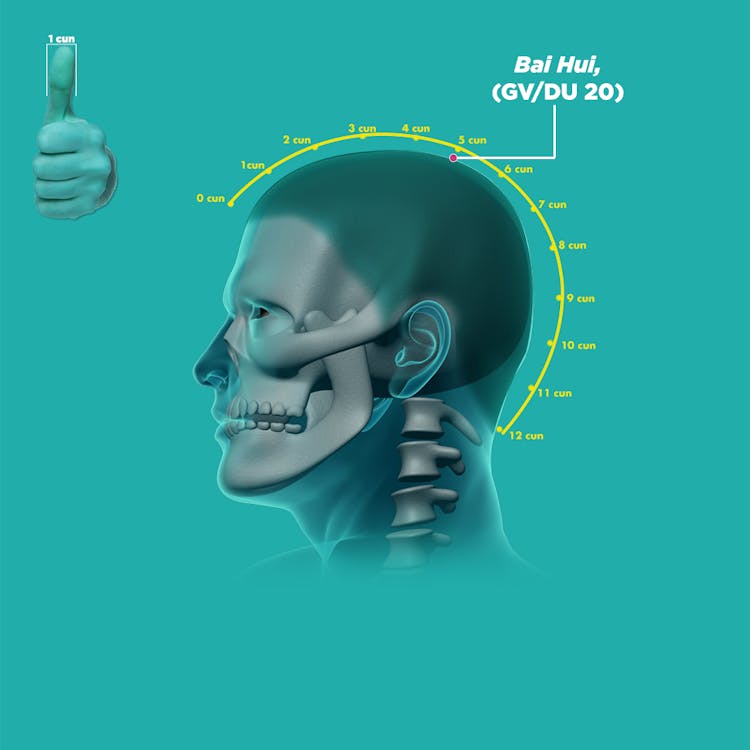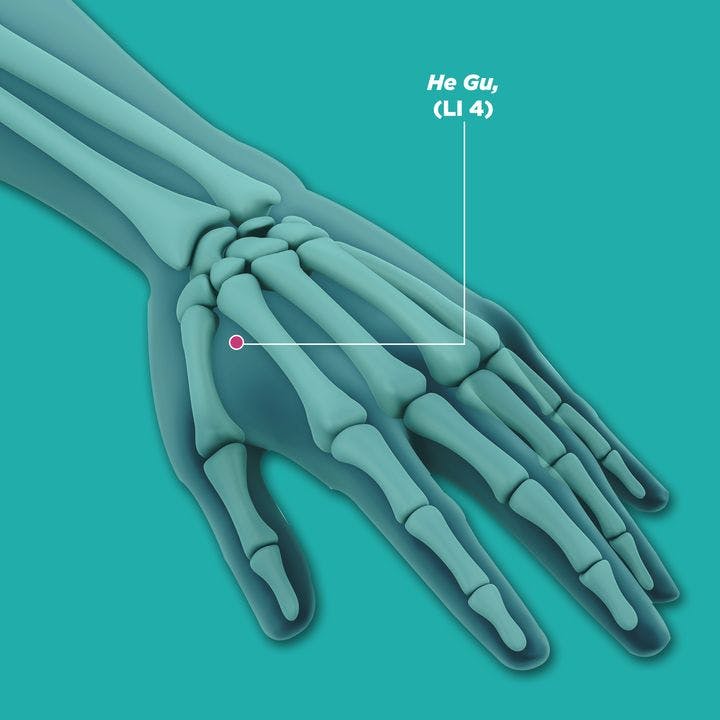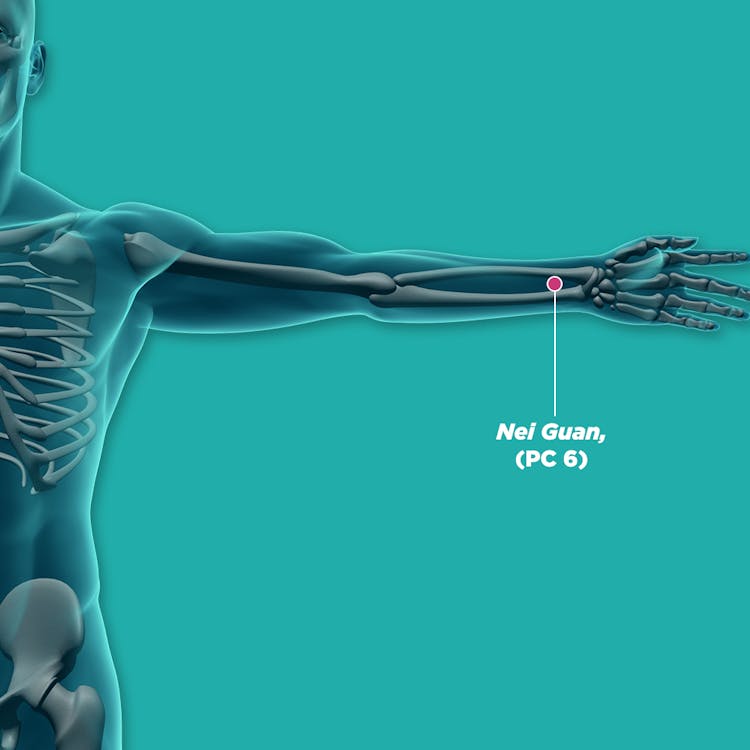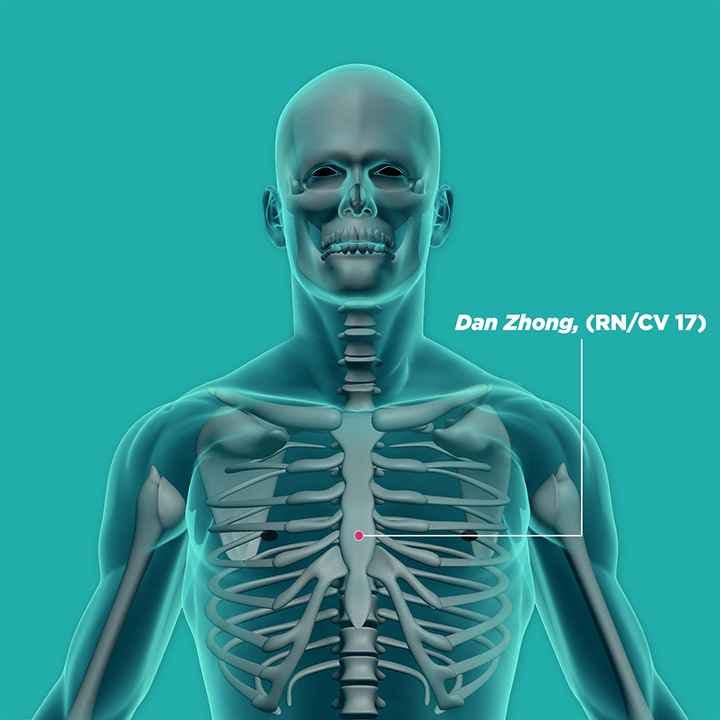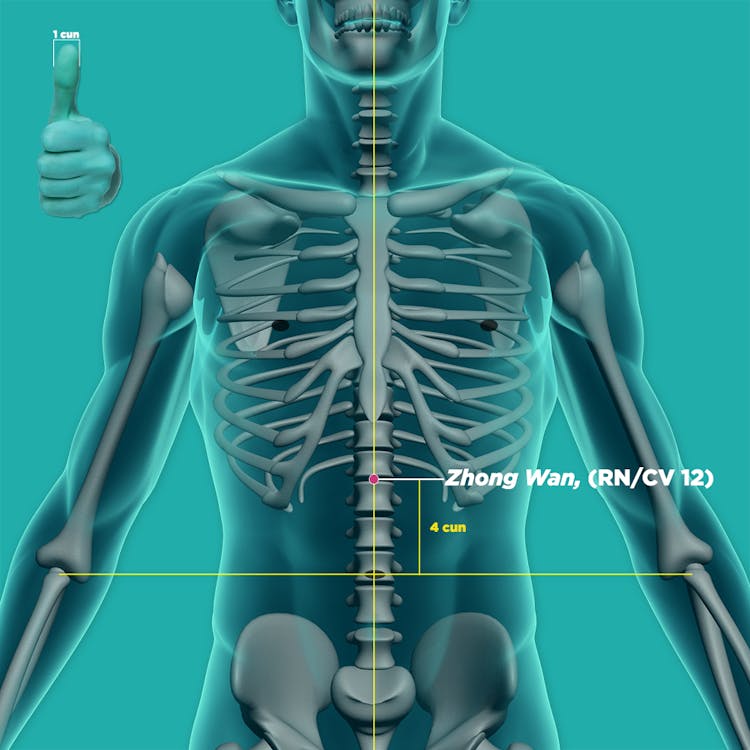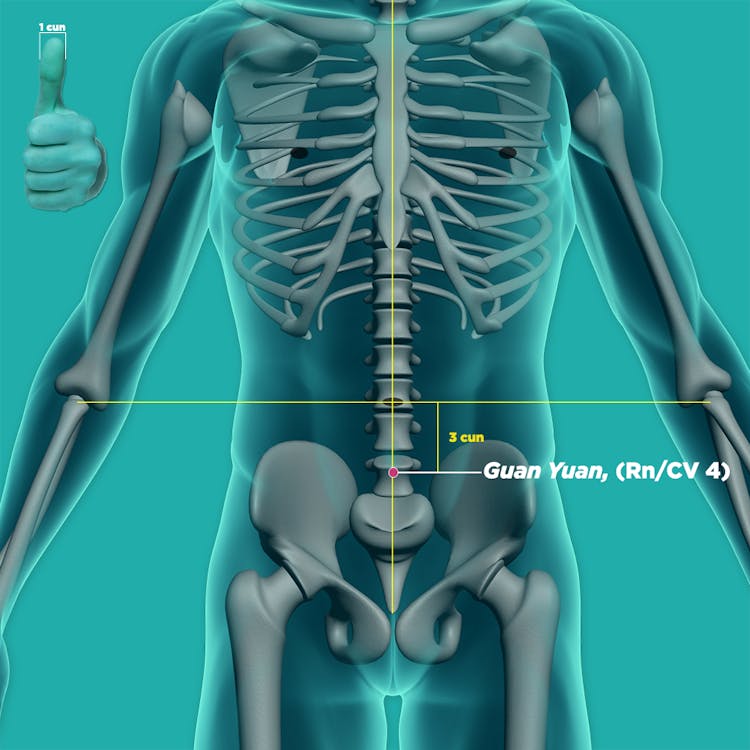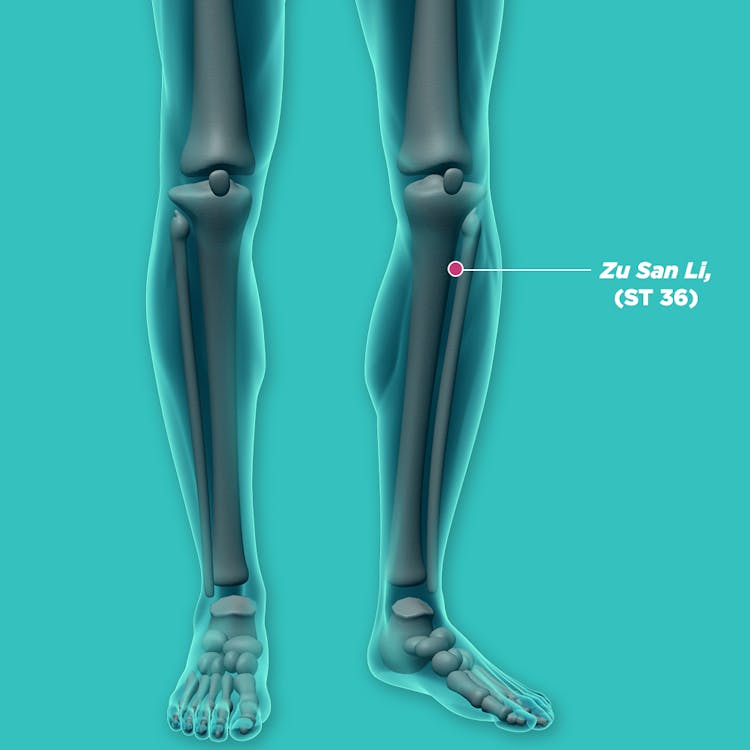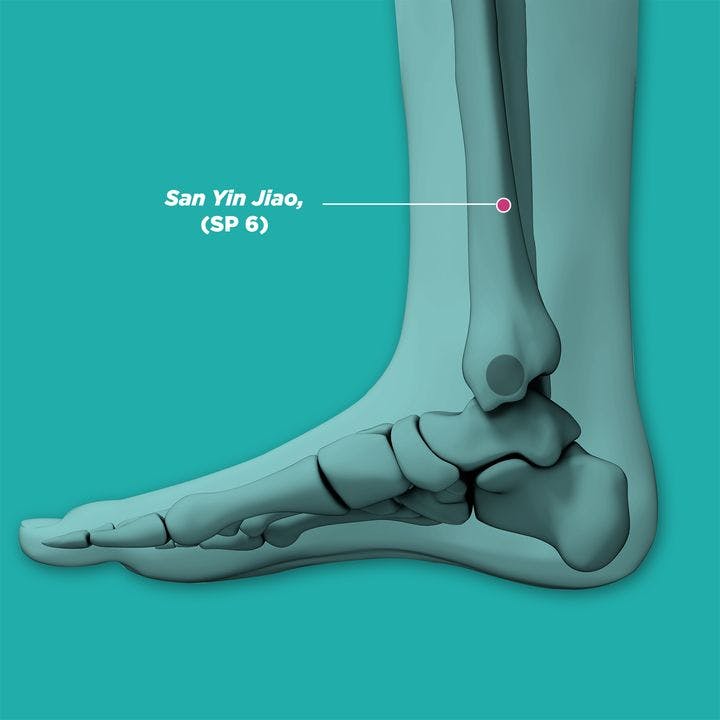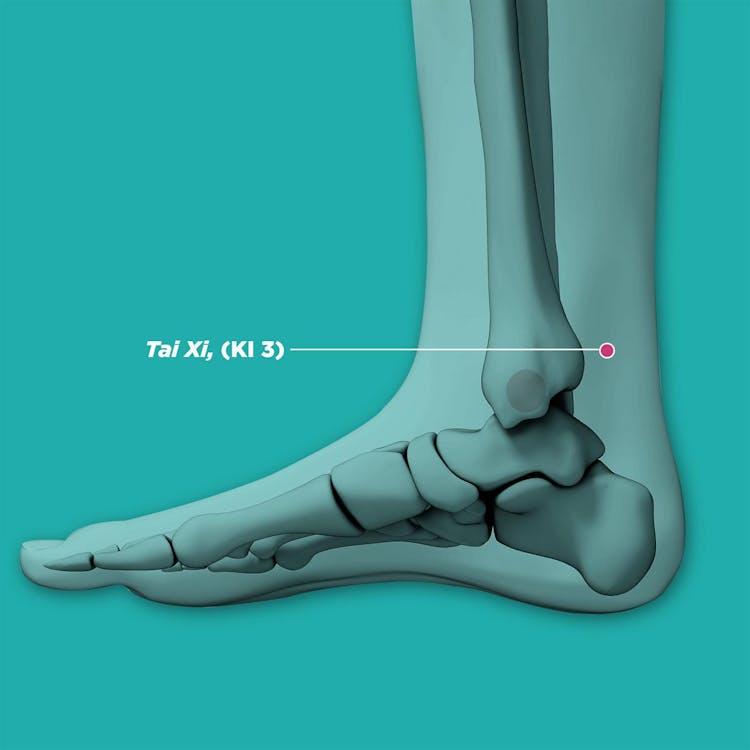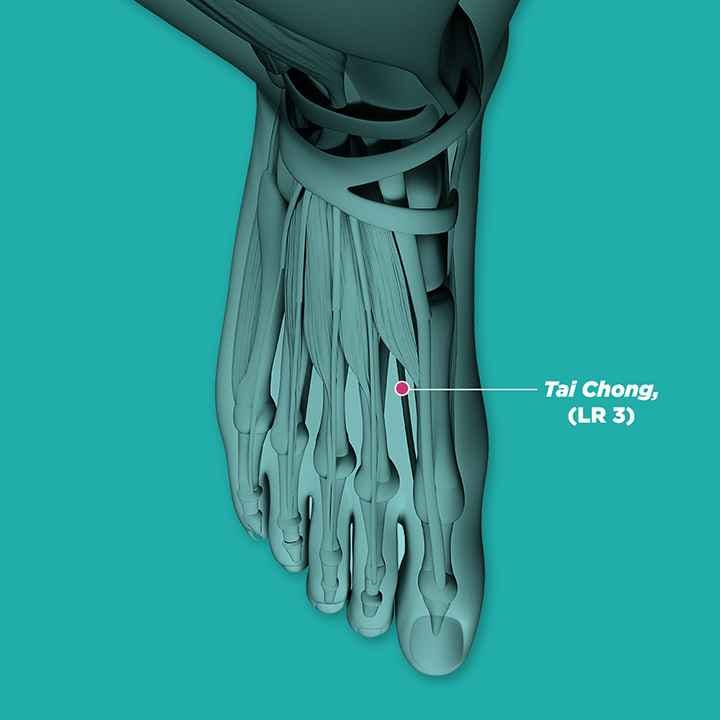These 3 TCM Methods Can Help Ease Transverse Myelitis Symptoms
Published | 7 min read
Transverse myelitis is a rare but debilitating disease. Here is a list of natural remedies that can help with the recovery.
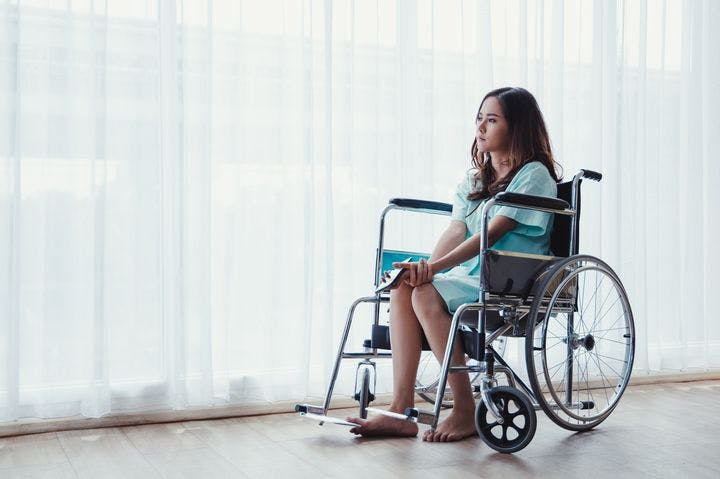
Imagine how it would feel to suddenly lose the sensation and functions of the lower part of your body. Alarming, isn’t it? These are common symptoms of transverse myelitis – a rare, albeit debilitating disease of the spinal cord. The condition occurs when the spinal cord gets inflamed on both sides. As a result, there is weakness, a loss of sensation and dysfunction of the autonomic nervous system in parts of the body that lie below the spinal lesion.
The disabilities may last for three to six months but may be permanent in some people. Approximately one-third of the patients recover with no disabilities, one-third recover with some disability, and the rest are permanently disabled.
Causes of Transverse Myelitis
The basic pathology behind transverse myelitis is inflammation of the covering surrounding the nerve cells in the spinal cord, also called the myelin sheath. As a result, messages conveyed by the brain don’t get relayed to regions beyond the spinal cord lesion to the lower parts of the body. The inflammation may occur due to various causes such as infections, immune system disorders, and multiple sclerosis. However, in a majority of cases, there may be no definite cause for the illness.
Infectious agents like enteroviruses, herpes viruses, HIV, Varicella Zoster, and Zika virus are known to cause the condition. Bacterial infections responsible for transverse myelitis include syphilis, tuberculosis, mycoplasma pneumonia and bacterial skin infections. Transverse myelitis has been associated with many autoimmune diseases like ankylosing spondylitis, rheumatoid arthritis, sarcoidosis, scleroderma, Sjogren’s syndrome and Systemic Lupus Erythematosus (SLE).
Symptoms of Transverse Myelitis
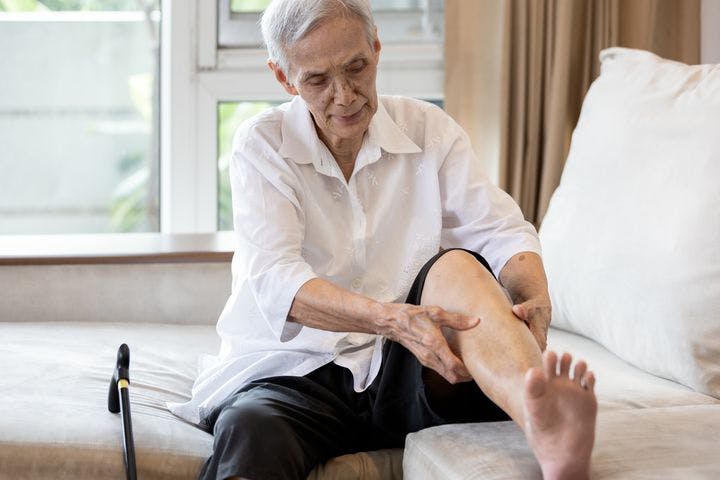
- Pain: Patients generally experience a sharp pain in the lower back that may shoot down the leg, arms, chest or abdomen. The location of the pain depends on the level at which the spinal cord is involved.
- Abnormal sensations: Some patients experience numbness, tingling, burning or cold sensations on the affected parts. These may be brought on by extreme sensitivity to touch or temperature.
- Weakness of arms or legs: Patients may experience heaviness and inability to move their arms or legs. At times, patients also suffer total paralysis of the limbs.
- Loss of bladder and bowel control: As the spinal cord controls the involuntary movements of the bladder and bowel, any damage to it may cause loss of this control. Patients may have the urge to pass urine more frequently, urinary incontinence, difficulty passing urine and constipation.
If you experience any of the symptoms of transverse myelitis, you should immediately contact your doctor. Other serious diseases can cause similar symptoms, which need to be treated urgently.
Treatment Options for Transverse Myelitis
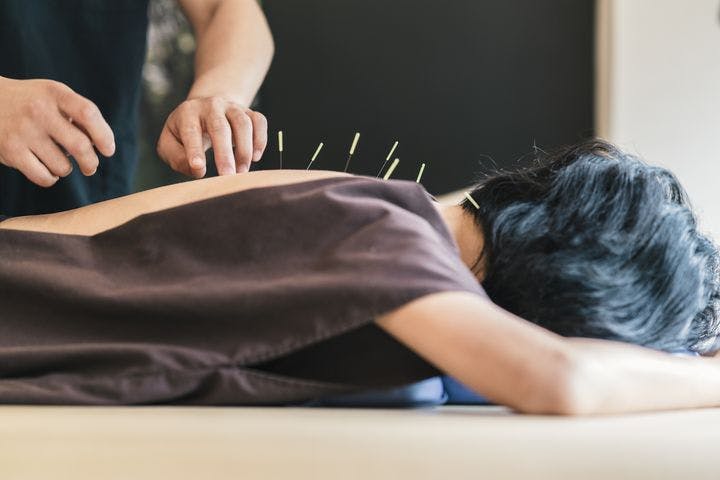
Treating transverse myelitis in Western Medicine involves treating infections, reducing inflammation, and relieving symptoms such as pain. One may also need to be treated for long-term complications, such as
Traditional Chinese Medicine (TCM) also has therapeutic options which can help relieve the inflammation and symptoms when performed under the guidance of a registered practitioner.
Acupuncture
Acupressure
Acupressure is an easy self-help remedy which you can do at home.
The
Bai hui (DU20, 百会):Dispels localised pathogens to allow better qi and blood circulation for improved alertness, cognition and mood- He gu (LI4, 合谷):
Dispel s pathogens and restores and enhances qi and blood circulation within the meridians. - Nei guan (PC6, 內关):
Restores and enhances the heart’s function for improved qi and blood circulation within the meridians. - Dan zhong (RN17, 膻中):
Dispels pathogens for better qi and blood circulation within the chest and revitalises the functions of the Heart and Lungs.
- Zhong wan (RN12, 中脘):
Dispels pathogens for improved qi and blood circulation within the upper abdominal cavity and revitalises the Spleen’s function. - Guan yuan (RN4, 关元):
Dispels pathogens for improved qi and blood circulation within the lower abdominal cavity and revitalises Kidneys’ yang energy. - Qi hai (RN6, 气海):
Dispels pathogens for improved qi and blood circulation within the lower abdominal cavity and revitalises Kidneys’ yang energy. - Zu san li (ST36, 足三里):
Dispels pathogens to improve qi and fluid circulation within the meridians and revitalises the Spleen and stomach. - Feng long (ST40, 丰隆):
Dispels pathogens to improve qi and fluid circulation within the meridians; strengthens the stomach’s function.
- San yin jiao (SP6, 三阴交):
Revitalises the functions of the Spleen, Liver and Kidneys. - Tai xi (KI3, 太溪):
Revitalises the Kidneys. - Tai chong (LR3, 太冲):
Dispels pathogens to improve qi and blood circulation within the meridians and revitalises the Liver .
Exercises
Exercises like Qigong or tai chi also help improve the symptoms of transverse myelitis. However, starting slowly and scaling up as you improve is recommended to avoid injuries. Engaging a qualified instructor to minimise musculoskeletal strain injuries and other complications is best.
Transverse myelitis is not life-threatening but can throw your life off balance. However, with natural therapies, you have a good chance of making a complete recovery with no side effects. So if you know anyone suffering from the condition, do advise them to look at traditional medicine options.
References
- Mayo Clinic. Transverse myelitis [Accessed on 1 July June 2022].
- Cleveland Clinic. Transverse myelitis. [Accessed on 1 July 2022]
- NIH. Transverse myelitis. 2022 [Accessed on 1 July, 2022]
Share this article on
Was This Article Useful to You?
Reviews (1)
Very helpful. I like to v it do I travel down. I v it for 20years now

